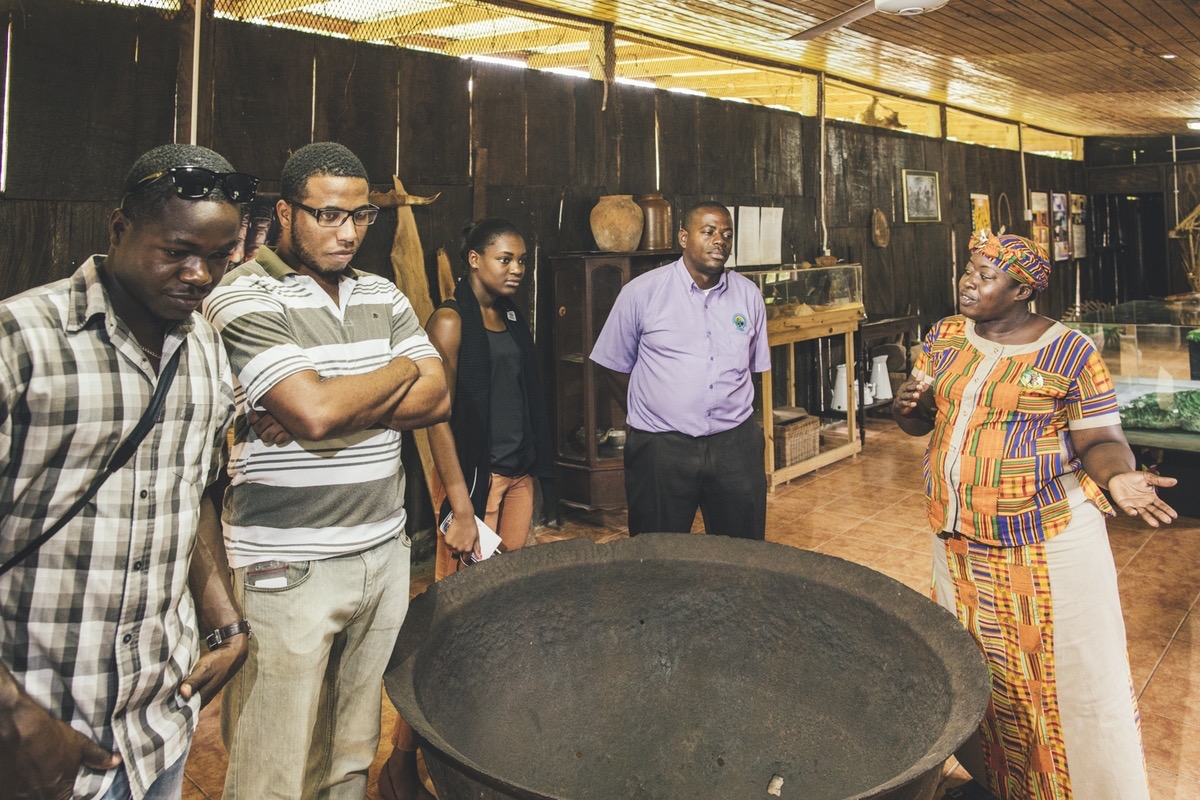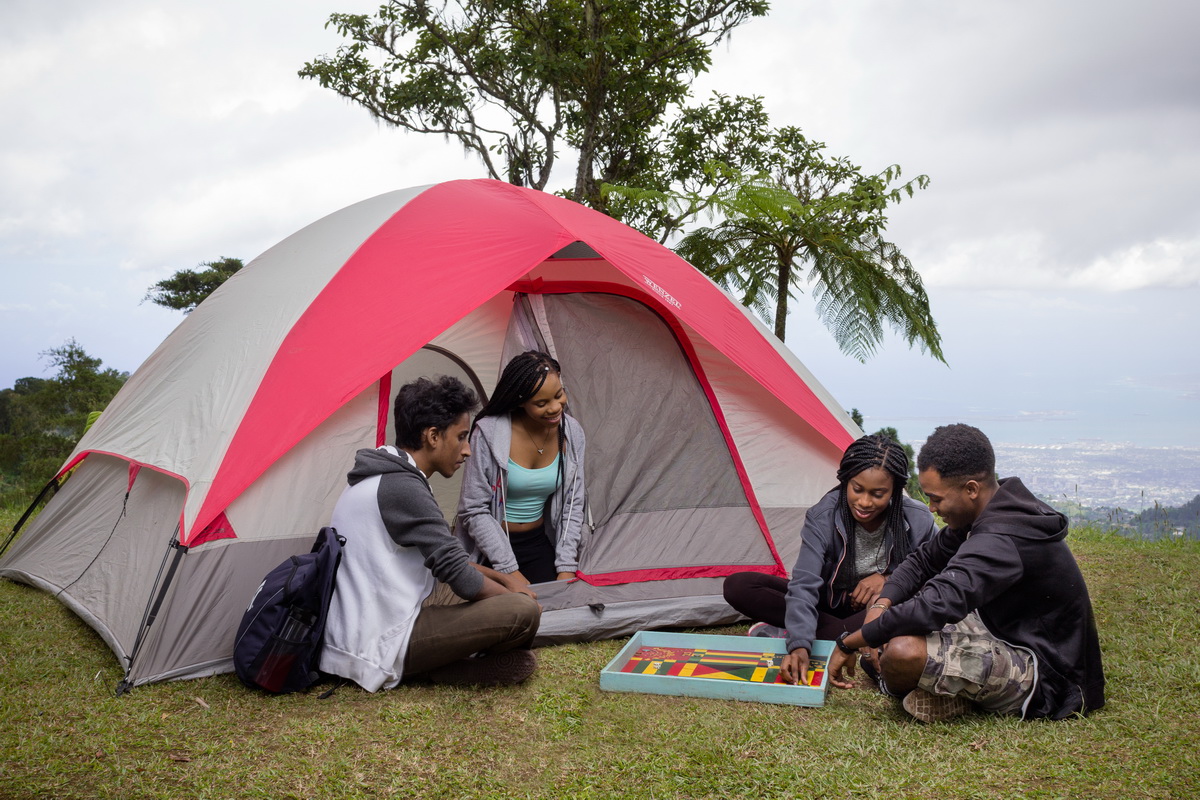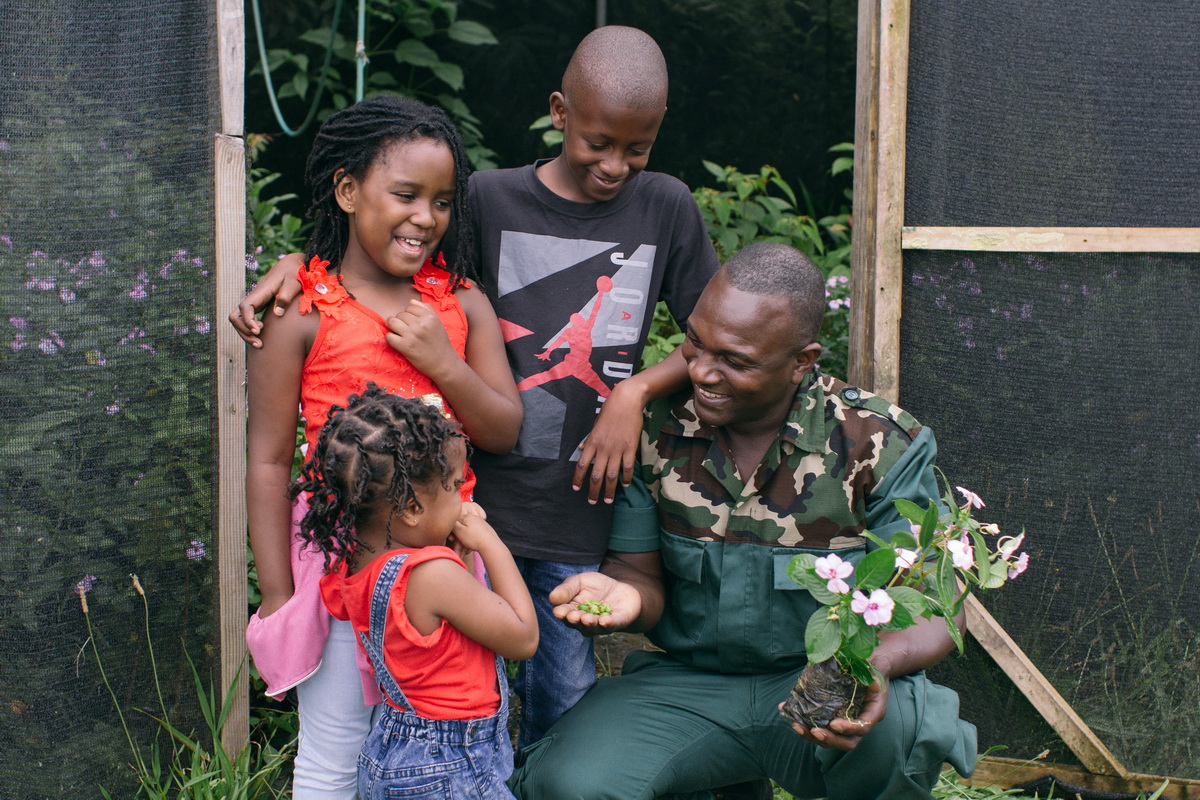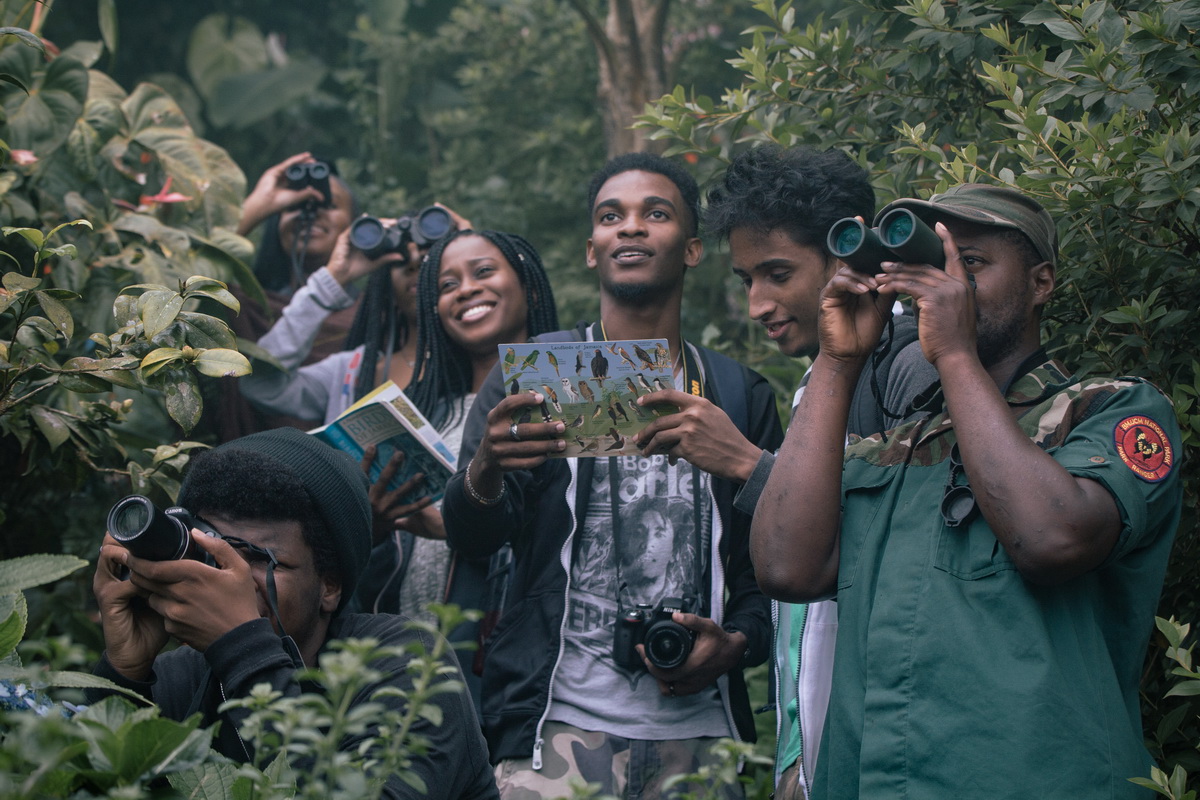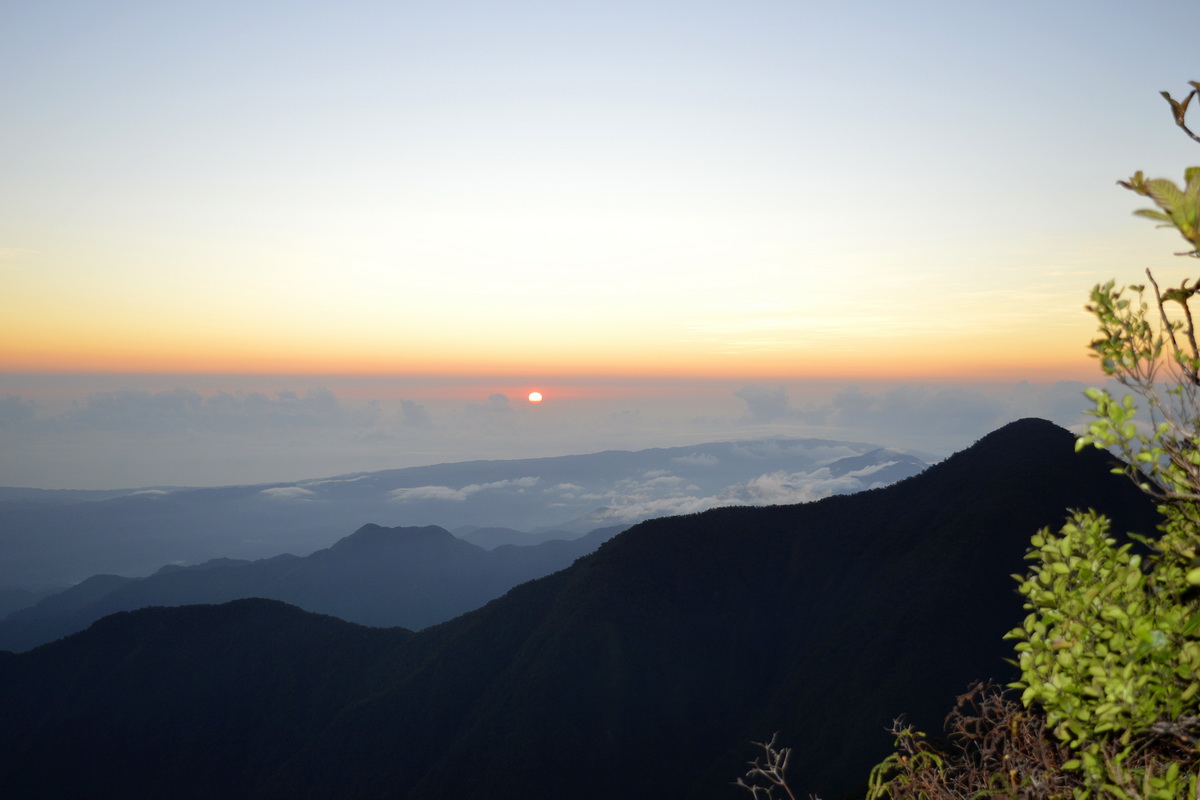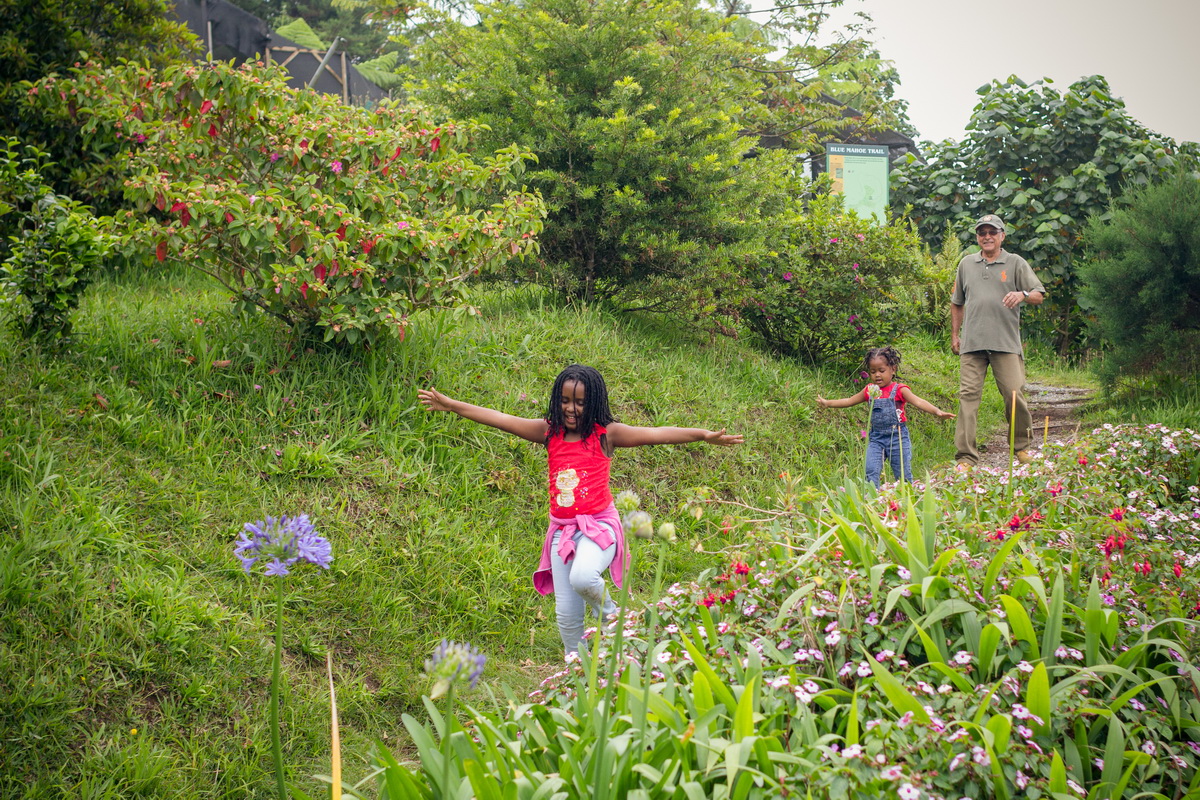Things to Do
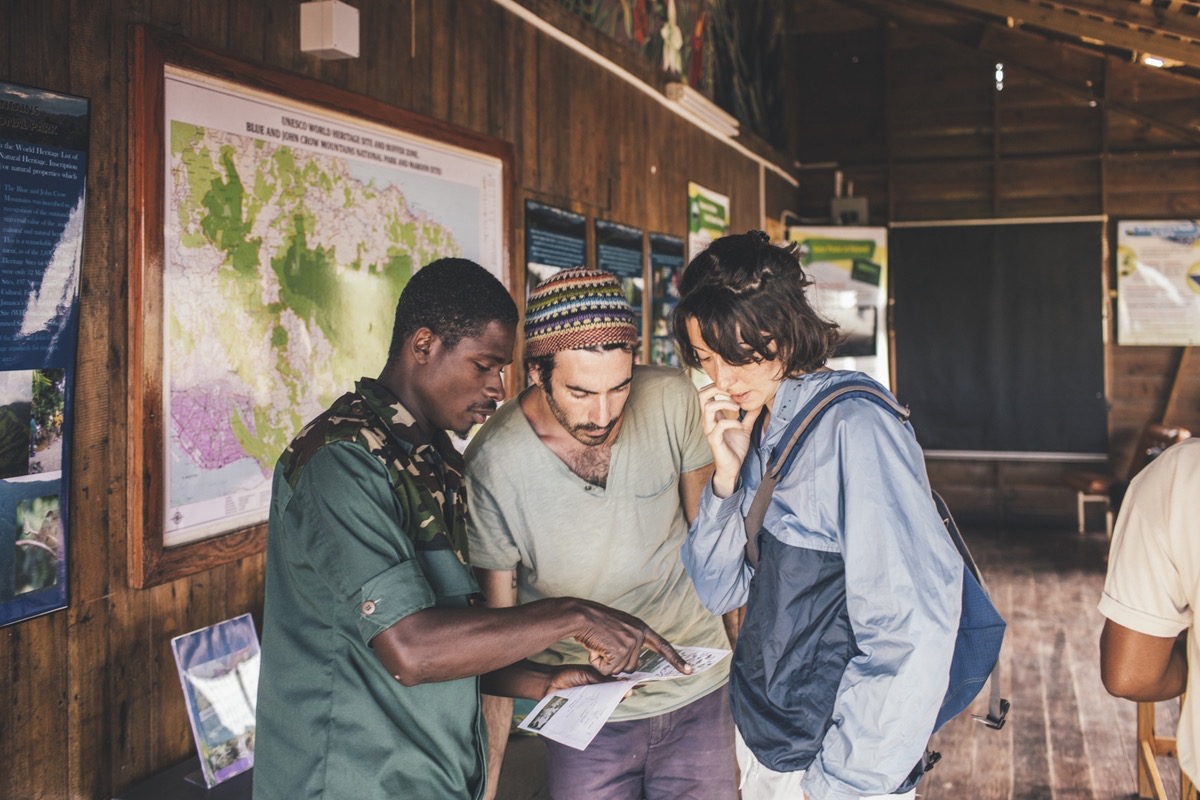
Whether its getting in shape on our hiking trails, catching a glimpse of a rare bird, exploring a coffee farm or enjoying a picnic, the Blue and John Crow Mountains National Park has an experience for everyone.
- Details
- Things to Do
The Blue and John Crow Mountains National Park is the historic home of the Windward Maroons. Maroons are Africans who refused to submit to forced labour on plantations in the 17th -19th centuries and defended their freedom from the formidable terrain of the Blue and John Crow Mountains. They are the first ‘keepers of the forest’. Separated from the rest of Jamaica by the mountain divide, Maroons developed as a distinct community with its own unique language, cuisine, laws and lifestyle. We arrange tours to maroon communities at Scott’s Hall, Moore Town, Charles Town and Bowden Pen.
- Details
- Things to Do
Especially in the summer, Holywell is a great place to escape the Caribbean heat and enjoy lower, cooler temperatures in the highlands. Campsites at Holywell feature BBQ grills, water, shower and toilet facilities.
- Details
- Things to Do
Guests at Holywell can learn about the Blue and John Crow Mountains National Park at our Visitor’s Centre which features information about the geography, biology and culture of the region.
Educational tours can be customized to meet the academic needs of the students.
- Details
- Things to Do
The lawns at Holywell are great for enjoying a picnic with friends and family. Gazebos and BBQ grills are also available.
- Details
- Things to Do
The Blue and John Crow Mountains National Park is one of the largest migratory bird sites in the Caribbean. Warblers, falcons, merlins and kingfishers are among the 120 species that retreat to our tropical forest each year to escape winter. The migration of northern birds begins in October and ends in April of the following year. As the northern birds return home, the forest prepares to welcome southern migratory birds on their winter break from March to September. Migratory birds join Jamaica’s 29 endemic birds in the national park and over 100 native species. The Blue and John Crow Mountains is the only location where all of Jamaica’s unique or endemic bird species can be observed.
- Details
- Things to Do
The Blue Mountain Peak Trail is the route to Jamaica’s highest point, which sits at 2,256 metres (7,401 ft.) The trail covers a distance of 9.3 km (5.8 miles) over steep terrain and is an intense 4-hour hike to the summit.
- Details
- Things to Do
Surrounded by a riot of tropical plants including Jamaica’s national tree, the Blue Mahoe, Holywell has five walking trails to explore with just enough difficulty to make it fun. These nature walks are suitable for children and senior citizens.


